Is a Mars Colony Necessary For Humanity's Future?
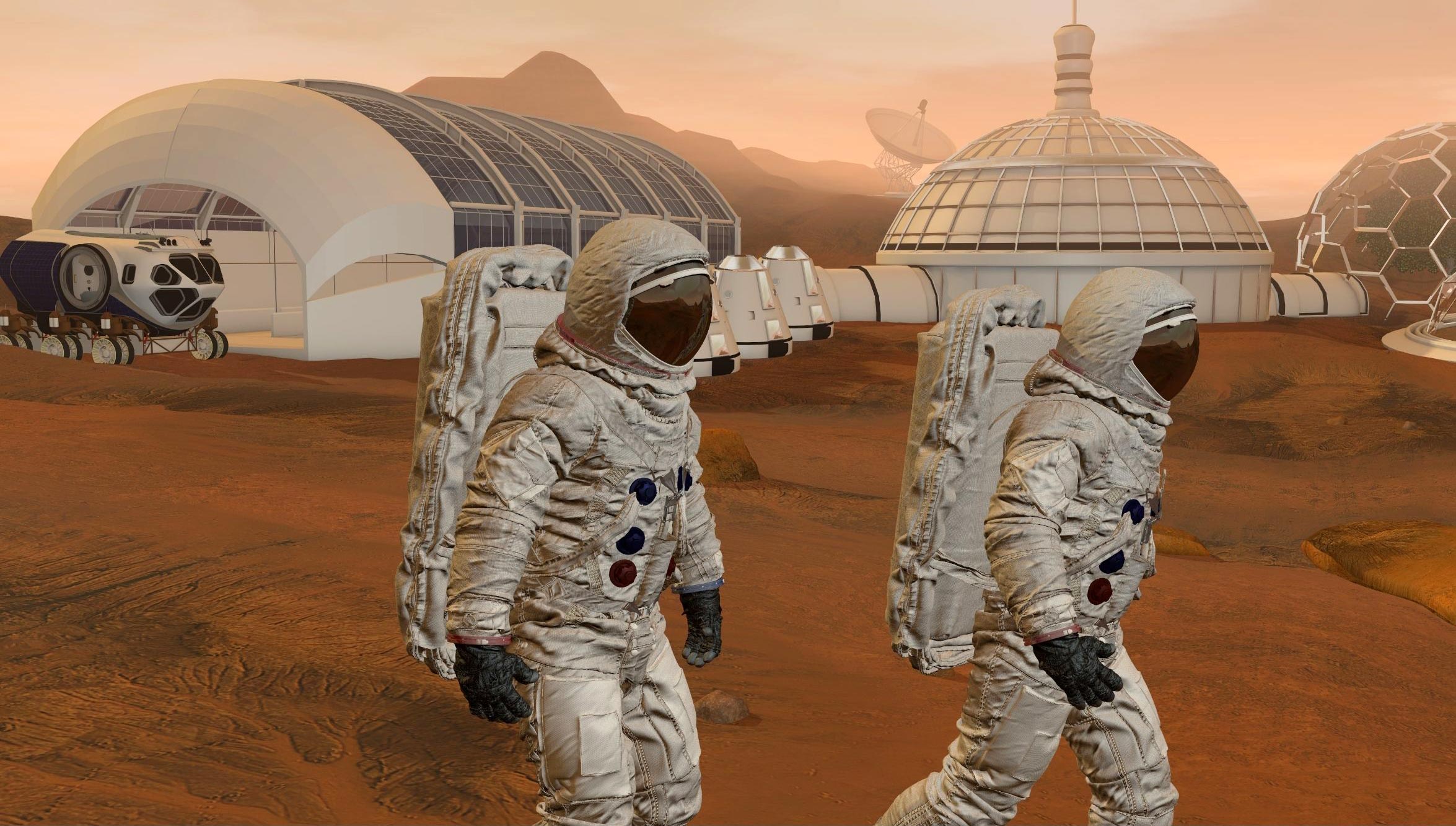
Friday, December 10, 2021 | Chimniii Desk
Key Highlights
- Former NASA planetary science division leader Jim Green has proposed erecting an artificial magnetic barrier for Mars to protect a hypothetical nascent atmosphere from proton radiation from the sun, which would otherwise blow the air into space.
- Mars Reconnaissance Orbiter (MRO) - Since its launch in 2005, the Mars Reconnaissance Orbiter (MRO) has already completed more than twice its anticipated mission life.
- The objective is to build a Mars-orbiting housing and science laboratory to conduct real-time scientific investigation, examine Martian rock and soil samples, and determine the best landing site for humans on the surface in the 2030s to start a Mars colony.
- You can work as a software developer if you have a background in computer science, systems engineering, electrical engineering, physics, or math.
- One difference between the quest to explore and build a Mars colony and mankind's first mission to the Moon is that robotic and human exploration of Mars is shaping up to be a collaborative effort involving people and resources from all over the world (government and private industry), rather than a NASA-dominated endeavour.
Advertisement

If you Google "mars," you'll notice that going 33 million miles from Earth to the red planet, and eventually colonising it, is a trendy topic among scientists, businesspeople, astronauts, and anyone with a sense of adventure.
NASA, commercial enterprises, charity organisations, and academic institutions are all working hard to tackle the many components of such a massive effort. While we are still many years away from being able to send humans to Mars to establish a colony, steady scientific and technological progress is being made toward that end goal by 2030, with numerous rovers and robots currently operating on or orbiting Mars, as well as dedicated research and exploration programmes paving the way for human exploration.
There's no shortage of enthusiasm, idealism, or confidence about making travel, exploration, and survival on Mars a reality, with Silicon Valley entrepreneurs and newly formed private corporations stepping up to the plate to fund engineering and put Mars exploration on the front burner. And there's no shortage of news on space research.
Dr. Jim Green, NASA's Chief Scientist, understands that the focus on Mars will continue. He told Inverse, "I think the generation today is the Mars generation." "We had the entire world's attention when we landed Curiosity on Mars. "There's a new generation in town, and it's the Mars generation," I immediately recognised. The Astrobiological Research and Education Society recently demonstrated why travelling to Mars is critical for humanity.
Advertisement
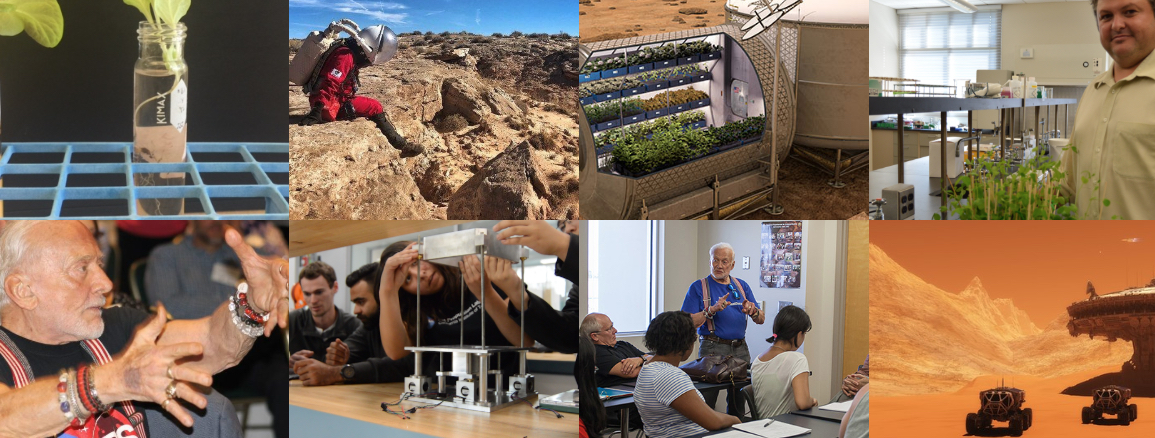
What Are The Advantages Of Having A Mars Colony?
There will be no shortage of answers to this subject, with numerous experts providing strategic, practical, and scientific grounds for a Mars colony, such as:
- Mars is the solar system's most accessible planet.
- Exploring Mars could provide answers to questions about the origin and evolution of life.
- Mars may one day be a viable option for humanity's survival.
- There is a chance that new life will be discovered that will have an impact on life on Earth.
- Exploration like this helps us progress as a species and encourages the creation of new technical advances that benefit everyone.
- The discovery and establishment of a Mars colony showcases the United States' political and economic leadership while also fostering a peaceful, multinational collaboration that reduces political tensions.
- A mission of this magnitude establishes government-sponsored research bases for long-term deep-space exploration scientific advancement.
- Carbon, nitrogen, hydrogen, oxygen, water ice, and permafrost are all essential components required for life on Mars.
"Exploring and settling Mars can provide us fresh scientific understanding of climate change, of how planet-wide processes can turn a warm and humid country into a barren terrain," remarked astronaut Buzz Aldrin of Mars. We may obtain important insights into the past and future of our own world by researching and understanding Mars."
A Florida institute named after Aldrin is working to enhance space exploration and development in the hopes of constructing and maintaining a permanent Mars colony. The Martian environment, human physiology, psychology, crew activities and habitats, and power supply and resource utilisation are among the topics covered in the workshops. There are also a number of articles from the Aldrin Institute's research.
Advertisement

What are the difficulties of travelling to and living on Mars?
While there are several papers and studies praising the scientific, technological, and social rationale for a Mars colony, the reality of establishing one comes at a significant expense in terms of personnel, equipment, facilities, research, and development.
While cost, radiation, health, and safety are some of the most significant obstacles to establishing a Mars colony, students are working on projects ranging from soil and crop sustainability to robots and Spaceflight Associated Neuro-ocular Syndrome. These videos provide several examples.
Advertisement

COSTS
President Trump signed Space Policy Directive 1 in December 2017 to organise government, commercial, and international partners in the effort to return humans to the Moon. The Directive provides the groundwork for human exploration of Mars, but it does so without committing to money, which NASA projected at the time to cost between $50 and $150 billion over ten years. According to Spacenews.com, the cost is now estimated to be around $2 trillion.
Plus, with the announcement by William Gernstenmaier, leader of NASA's mission on human space exploration, that NASA wants to stay on a "flat" budget, maintaining that budget for the long run becomes unrealistic.
While scientists simulate Mars missions in the dusty deserts of Saudi Arabia, plan to build a large Mars test settlement in Dubai, and companies build rockets in the hopes of one day being the vehicles that will transport humans to Mars, others, such as the University of, believe that the desire to colonise Mars is motivated by a desire to explore the universe rather than a desire to save the Earth.
Whatever the cause, entrepreneurs like SpaceX's Elon Musk are demonstrating the possibility of expanding beyond low-Earth orbit with new technologies that enable reusability, lowering production and launch costs. SpaceX spent less than $2 billion on the Falcon Heavy's first launch, launch, and recovery earlier this year. In space dollars, this is a steal, considering that the Augustine Commission estimated seven years ago that building a heavy launch vehicle capable of transporting humans to Mars would cost around $36 billion.
Going to Mars and establishing a colony on the red planet may become more feasible thanks to the combined efforts of NASA, SpaceX, Boeing, Blue Origin, and a slew of other space businesses focused on overcoming the planet's tremendous economic and technological obstacles.
Advertisement
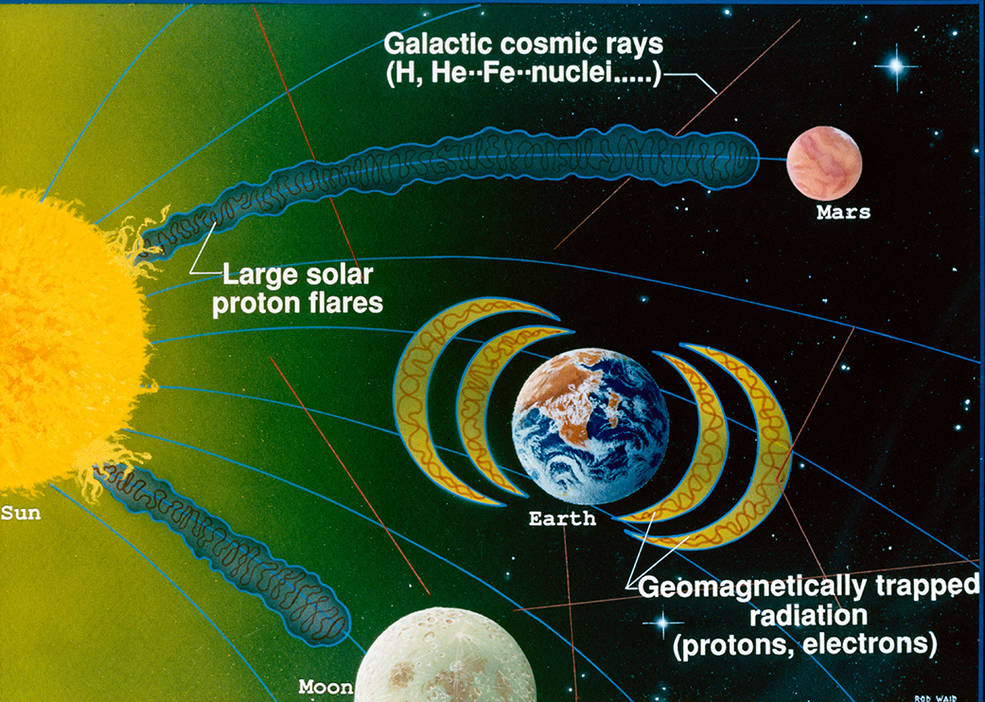
RADIATION
For astronauts to land and live in a Mars colony, the next problem to tackle is radiation. According to scientists, colonists will be exposed to radiation levels eight times greater than the present government's guidelines. According to Space.com, the Mars Rover Curiosity assessed an average dose of radiation throughout a 180-day journey to the red planet as the equivalent of 24 CAT scans, which is roughly equivalent to an astronaut being exposed to 15 times the radiation limit of nuclear power plant workers.
While the Earth's magnetic field and atmosphere shield us from radiation, astronauts travelling to Mars would be exposed to two types of radiation that are harmful to humans: protons emitted by the sun and cosmic rays, which are high-energy atomic and subatomic particles emitted by exploding stars, black holes, and other sources in space.
Cancer isn't the only danger that astronauts face. Deep-space radiation will most certainly induce vision-impairing cataracts, blood circulation problems, and nervous system damage, all of which could impede cognitive abilities in a Mars colony. According to research conducted at the University of Las Vegas, when a cell is hit by a cosmic ray, the altered cell sends out signals to other cells that cause cancer mutations.
The Radiation Assessment Detector on Curiosity is assisting us in gaining a better understanding of what life on Mars would be like, stimulating research into protective suits, shelters, and extravehicular activities. According to Business Insider, NASA has agreed to test AstroRad, a novel polymer-based radiation-blocking gear for astronauts, on its next voyage around the moon.
Former NASA planetary science division leader Jim Green has proposed erecting an artificial magnetic barrier for Mars to protect a hypothetical nascent atmosphere from proton radiation from the sun, which would otherwise blow the air into space. There are many hypotheses and a lot of study being done to solve the problems that radiation poses for deep space travel and establishing a Mars colony. "If this can be accomplished in a lifetime, Mars colonisation will not be far away," Jim Green said.
Advertisement
SAFETY AND HEALTH
Other health and safety issues for the long travel to Mars must be addressed by NASA and other space agencies.
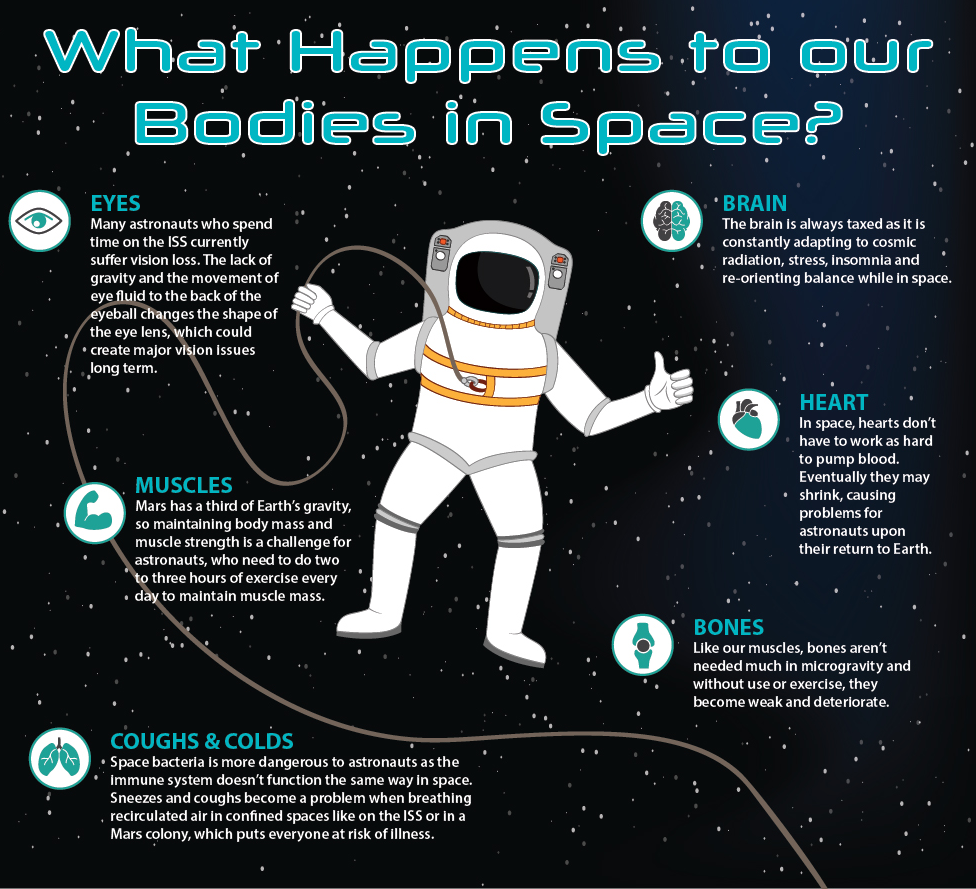
- Space Sickness: When we live in zero gravity, the tiny gyroscopes in our brain that give us spatial awareness are disrupted, and astronauts experience a lot of nausea. Many astronauts suffer from severe space sickness, and an extended trip would almost certainly exacerbate the problem.
- Mental Health: Maintaining healthy mental health and emotions in extreme situations is still an unknown due to the inherent dangers of space flight, reliance on life-saving gear, radiation exposure, space weather (sun bursts and meteorites), living in small quarters, and an unchanging habitat of blackness. Researchers are considering virtual reality, meditation, and images of nature as ways to deal with emotional issues that might arise in a Mars colony.
- Muscular Breakdown: Maintaining body bulk and muscle strength on Mars is a problem for astronauts, who must exercise for two to three hours every day to preserve muscle mass and cardiovascular health.
- Eye Problems: The shape of the eye lens is altered due to a lack of gravity and the transfer of eye fluid to the rear of the eyeball. Most astronauts who spend time on the International Space Station wear glasses in space and have permanent eyesight changes when they return home.
- Coughs and Colds: In space, the human immune system does not operate as it does on Earth, and space bacteria have proven to be more harmful in the past. Any sneeze or cough infects everyone when living in tight restricted places like the ISS or a Mars colony with recirculated air. There isn't a hospital nearby, either, if anything develops into a more serious illness.
- Emergencies: A rescue from the International Space Station could take a day, but residents of a Mars colony will have to travel eight months for modern medical treatment, so they must be prepared to manage emergencies on their own. On Earth, conditions would be replicated, and the most astronauts could expect for would be information on a 20-minute time delay. Even on-site emergencies, such as surviving Mars' infamous planet-scaled dust storms, must be understood in order to organise emergency procedures ahead of time.
Advertisement
What Are The Hot Topics Regarding Mars Right Now?
For more over 40 years, robotic explorers have examined Mars, providing scientists and researchers with a glimpse into its habitat and viability for man to settle and live there. NASA's plan for reaching Mars begins in low-Earth orbit on the International Space Station, where astronauts are constantly determining the technologies and communications systems required for deep space exploration.
There is also a group of scientists and space experts who believe we should not go ahead and build a Mars colony, citing the enormous cost, high-risk travel, health concerns, and unwelcome and dangerous habitat to deal with once we arrive, not to mention long-term maintenance and emergency challenges.
For such a voyage, the engineering, analysis, and unresolved issues seem limitless right now. However, the numerous research programmes and exploratory activities currently ongoing aim to provide answers and establish how humanity might successfully embark on this journey.
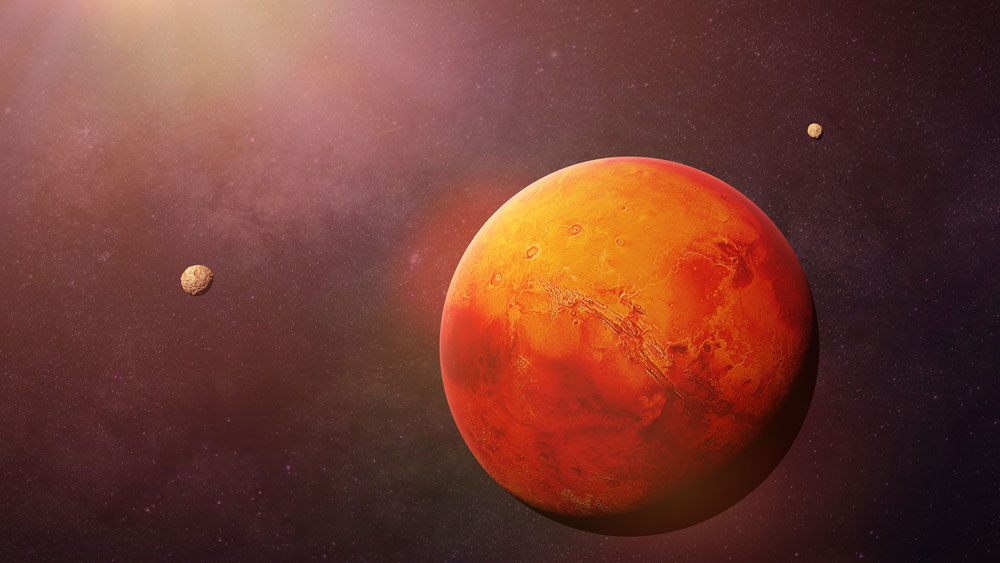
Advertisement
What Are NASA's Mars Exploration Initiatives?
- ExoMars - The Exobiology on Mars programme of the European Space Agency is a series of missions aimed at determining whether life has existed on Mars. NASA's contribution to the 2020 ExoMars Rover mission includes the Mars Organic Molecule Analyzer (MOMA), an astrobiology instrument that NASA hopes to address questions regarding whether life ever existed on Mars.
- MAVEN - NASA's Mars Scout programme launched the Mars Atmosphere and Volatile EvolutioN (MAVEN) mission in 2013 to study Mars' upper atmosphere, ionosphere, and interactions with the sun and solar wind. MAVEN is one of six active probes orbiting Mars, collecting data on topics such as the composition of high-energy ions in the atmosphere, solar wind temperature, density, and velocity, how the upper atmosphere changes, and the chemical makeup of Mars' atmosphere over the course of its five-year mission.
- Odyssey - It is NASA's longest-running spacecraft on Mars, having been launched in 2001. It examines the amount and distribution of chemical elements and minerals that make up the Martian surface, eventually identifying large volumes of water ice in the polar regions.
- Mars Reconnaissance Orbiter (MRO) - Since its launch in 2005, the Mars Reconnaissance Orbiter (MRO) has already completed more than twice its anticipated mission life. NASA intends to keep MRO on the job until 2025, discovering new ways to help other missions and relying on activities such as star tracking and battery usage. Michael Meyer, the lead scientist for NASA's Mars Exploration Program, adds, "MRO provides more than just communications relay, as crucial as that is. It's also the observations made by scientific instruments. These aid in our understanding of probable landing locations before they are visited, as well as interpreting how the results on the surface relate to the planet in general."
- Opportunity Rover — When it launched in 2003, Opportunity was designed for a 90-day mission, but 15 years later, it is still roving the surface of Mars, investigating soil and rock samples, studying craters, taking images, and analysing the Heat Shield Rock meteorite. The rover has produced a plethora of knowledge on operating on Mars, and it is occasionally caught in a dust storm on the Red Planet.
- Curiosity Rover — Since landing on Mars in 2012, the Curiosity Rover has used drills, lasers, and imaging tools to determine whether the planet is habitable. The rover has travelled from Gale Crater to Mount Sharp on Mars, collecting geological data and making numerous discoveries, including evidence of former water, geological changes, organic molecule identification, and seasonal fluctuations in methane concentrations in the atmosphere (which could mean that gas is produced from living organisms).
Advertisement
Plans for the Future
NASA is also building the Mars2020 rover, which will continue geological sample analysis and conduct an experiment to synthesise oxygen from the Martian atmosphere, marking the first time that human exploration will be supported by resources from another planet.
InSight (Interior Exploration utilising Seismic Investigations, Geodesy, and Heat Transport) was launched in May 2018 and is currently en route to Mars. InSight is the first interplanetary project to launch from Vandenberg Air Force Base in California. Its purpose is to peer deep beneath the Martian surface and research the planet's interior, including measuring heat output, listening for "marsquakes," and creating a map of the planet's deep interior. Mars Cube One, a NASA technological experiment consisting of two "CubeSats" that will test new communications and navigation capabilities for future missions, was also on board.
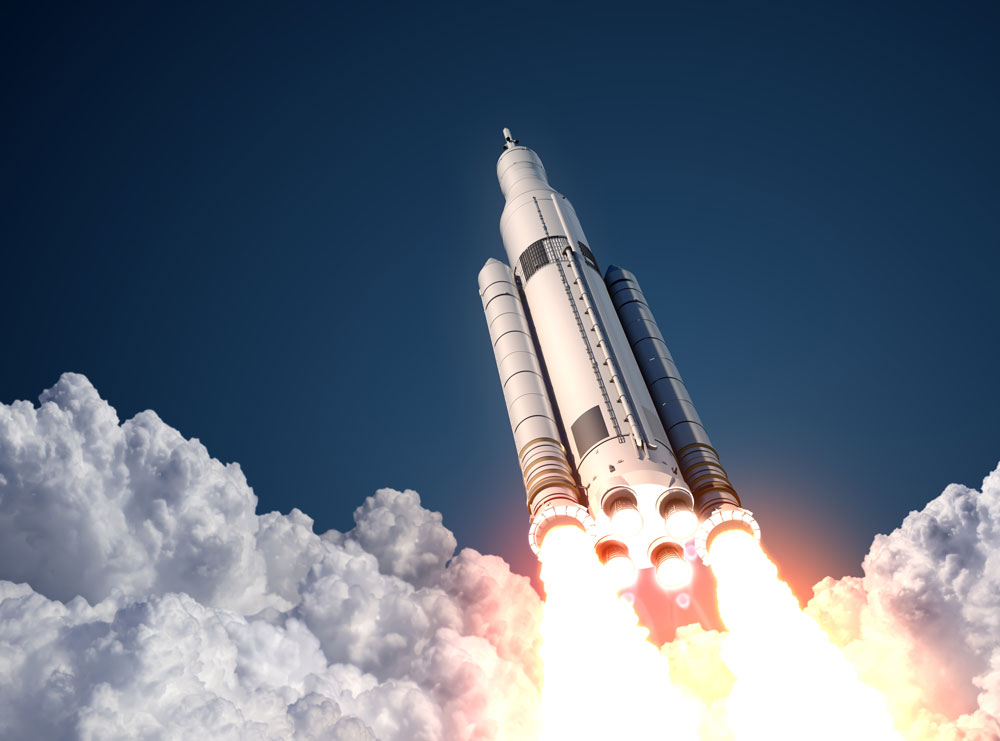
Advertisement
What Private Businesses Are Interested In Mars?
SpaceX
Elon Musk, the company's CEO, set a lofty goal of sending a cargo trip to Mars in 2022. Many in the industry believe a voyage will be delayed until 2030 or later, but SpaceX continues to push forward, announcing a new spacecraft design in 2017 that they claim makes travelling to Mars more economical. Musk is also on the lookout for these first trips to kickstart the establishment of a Mars colony. SpaceX's most recent technological triumph was the launch of the Falcon Heavy in February 2018, which was the most powerful rocket (and the return of its three boosters) since the Saturn V flew astronauts to the Moon. The space industry elite, which used to be cautious of tech millionaires like Musk and Blue Origin's Jeff Bezos, now admires their vision for the objective of space exploration.
Boeing
Boeing CEO Dennis Muilenburg believes his company's giant rocket for NASA will get men to Mars before SpaceX. Boeing expects to begin test flights in 2019 as a contractor for NASA's massive Space Launch System, which will launch men on deep-space missions using the new Orion spacecraft. The first manned trip is expected in 2024. Boeing is ideally positioned to support research and development, and it has already established a relationship with NASA, which, according to the New York Times, will receive a $370 million boost in funding from the US government in 2019.
Lockheed Martin
Lockheed Martin's vision for bringing humans to Mars is called Mars Base Camp. The objective is to build a Mars-orbiting housing and science laboratory to conduct real-time scientific investigation, examine Martian rock and soil samples, and determine the best landing site for humans on the surface in the 2030s to start a Mars colony. Following a first orbital expedition, a reusable, single-stage surface lander would descend to Mars' surface and stay for up to two weeks (with up to four humans), before returning to the orbiting Mars Base Camp to recharge for a subsequent mission.
Blue Origin
Amazon founder and Blue Origin CEO Jeff Bezos has set his sights on Mars, the moon, and other deep-space destinations. Blue Origin has established itself as a rocket company, specialising on rocket-powered vertical takeoff and vertical landing vehicles for suborbital and orbital space access. The long-term goal of the corporation is to have millions of people living and working in space, using engines that can be reused. He recently told GeekWire that he wants to collaborate with NASA and the European Space Agency to build a permanent settlement on the Moon.
United Launch Alliance (ULA)
ULA's skill in interplanetary missions is unsurpassed, having successfully launched every United States mission to Mars since the 1960s, with Atlas V and Delta rockets launching missions to each of the planets in our solar system. ULA will serve as the transportation service for commercial activities on NASA's Mars 2020 robotic science rover mission, allowing NASA to focus on pushing ahead into deep space. The Space Launch System, which will transport the manned Orion capsule to the red planet and other deep space destinations, will be supported by ULA.

Advertisement
What Kinds Of Jobs Would Be Required For A Mars Colony?
Jobs in the space sector are increasing as a result of increased engagement in space science and exploration around the world, as well as the mission to establish a Mars colony. Future space scientists have a vast range of career opportunities that span practically every scientific subject. According to Lockheed Martin, an aerospace corporation, there are five important professional sectors where job opportunities abound:
- CYBER ARCHITECT: A primary priority is to protect systems against cyberattacks. Architects will also come up with new ideas, research flaws, and reverse engineer illegal software. The job stability in cybersecurity is a significant plus, with Cybersecurity Ventures reporting that there is no unemployment in this area!
- TECHNICIAN IN CHARGE OF TESTS: Because there are so many "firsts" in deep-space flight, jobs in all elements of testing and analysis to validate systems are available. Electronics assembly, test instrumentation, and data acquisition experience puts you ahead of the competition.
- SOFTWARE DEVELOPER: Software development is now a part of almost everything we use, and positions in almost every industry are increasing. The requirement in the space sector is no different, with Code.org estimating that one million additional computing positions will be filled by 2020. You can work as a software developer if you have a background in computer science, systems engineering, electrical engineering, physics, or math.
- RADIO FREQUENCY ENGINEER: Because radio frequency signals are the only way for a spacecraft in orbit to communicate with mission control, this role is crucial. Individuals in this field develop, build, and maintain wireless communication equipment. This role requires a background in general electronics, physics, and arithmetic.
- MANUFACTURING ENGINEER: This broad job path could include everything from creating production methods to transporting mission-critical hardware to overseeing product quality. It's an ideal employment for those with a strong foundation in mechanical manufacturing or aeronautical engineering and a desire to perform a range of tasks.
However, these aren't the only professions available in the space business or as part of a Mars colony initiative. In various sections of the industry, a variety of talents are required, including:
- Administration: project and program managers on all levels
- Architecture: housing, research facilities and other structures
- Agriculture/Botanists: food and farming
- Analysts
- Avionics
- Energy/Power/Fuel Engineers
- Engineering of all kinds: mechanical, chemical, electrical, computer, aerospace, biomedical, civil, structural, robotics, sustainability, industrial, systems and infrastructure.
- Launch Operations
- Lawyers and accountants
- Manufacturing and Construction
- Medical
- Research
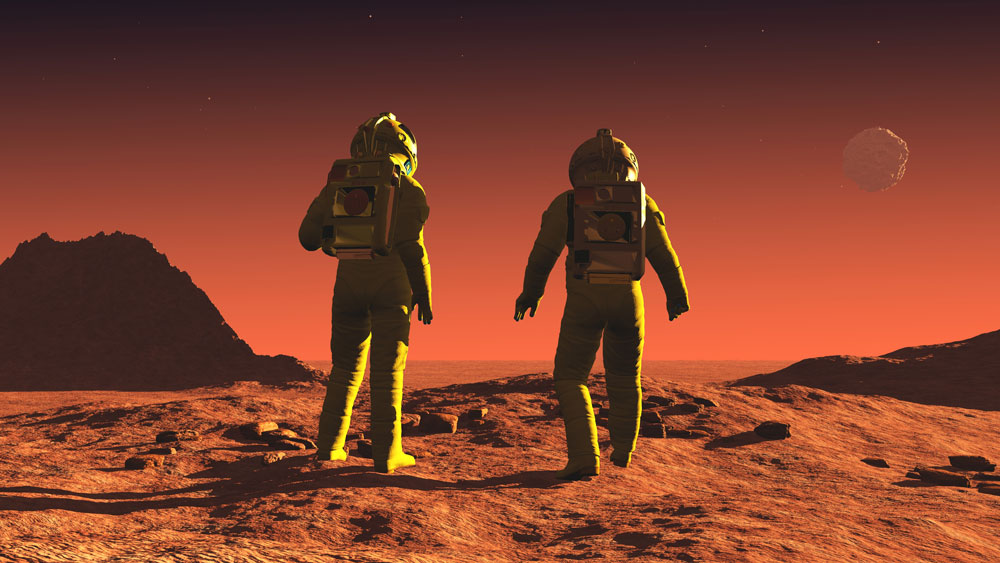
Advertisement
What Are Our Next Steps?
NASA leaders set their sights on Mars as the next destination in our solar system after Americans landed on the Moon more than 50 years ago. Now, that seemingly unreachable aim is daring anyone who wants to help to make it a reality – and there's no shortage of optimism that it can be accomplished in the next 20 years.
One difference between the quest to explore and build a Mars colony and mankind's first mission to the Moon is that robotic and human exploration of Mars is shaping up to be a collaborative effort involving people and resources from all over the world (government and private industry), rather than a NASA-dominated endeavour. With more than 6,000 members from 50 nations across the world, The Mars Society, which was founded in 1998, has grown to become the world's largest and most important space advocacy organisation dedicated to human exploration and settlement of the planet Mars.
The difficulties, according to the industry as a whole, are solvable. The dangers are for a good purpose. The journey to explore and create a Mars colony is the next historic pioneering undertaking for NASA and its worldwide partners to fulfil.
Advertisement